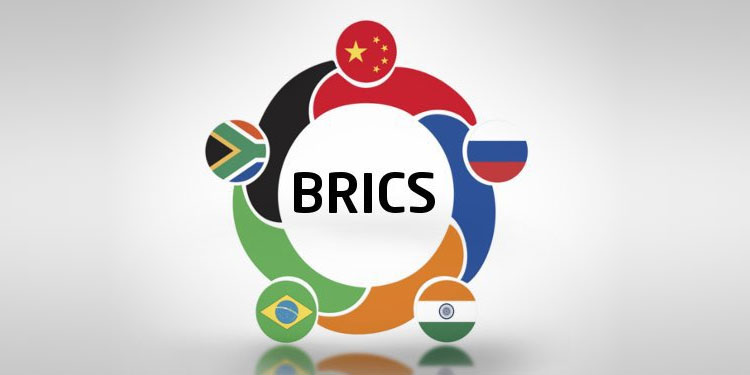The BRICS group, comprising emerging economies, has set in motion plans to establish a digital technology-based payment system, as revealed by Yury Ushakov, a senior foreign policy aide to Russian President Vladimir Putin. This move aligns with the group’s strategic agenda to reduce dependence on Western currencies and financial mechanisms.
Creating a Politics-Free Payment System:
Ushakov emphasized the group’s vision to create an independent settlement payment system within the BRICS framework, leveraging cutting-edge technologies like digital currencies and blockchain. The envisioned system aims to operate beyond political influences, providing a convenient and cost-effective solution for states, individuals, and businesses. Ushakov did not delve into specific details or outline a timeframe for the system’s development.
BRICS’ Focus on Global Financial Systems:
In 2024, BRICS aims to enhance its role in international monetary and financial systems, with Russia currently holding the rotating chairmanship of the group. Ushakov reiterated the commitment to advancing the Contingent Reserve Arrangement (CRA), particularly in terms of embracing alternative currencies to the US dollar. The BRICS CRA functions as a collective reserve of currencies, offering member nations resources in times of liquidity crises to facilitate smooth trade, even amid substantial external pressures like international sanctions.
Expanding BRICS Membership and Currency Diversification:
BRICS, initially consisting of Brazil, Russia, India, China, and South Africa, expanded significantly this year, welcoming Saudi Arabia, Iran, Ethiopia, Egypt, and the United Arab Emirates. Throughout the past year, BRICS nations have notably shifted away from relying on the dollar and euro for settlements within the bloc. Escalating Ukraine-related Western sanctions have prompted a swift move towards utilizing national currencies, leading to an 85% share of national currencies in Russia’s settlements with BRICS countries by the end of 2023, up from 26% two years prior.
